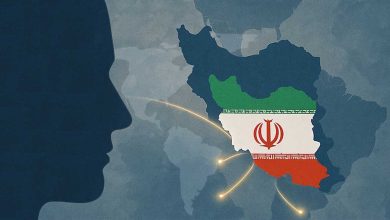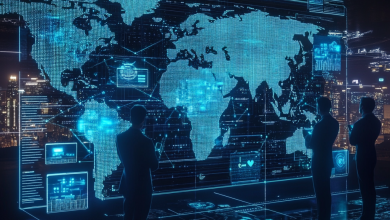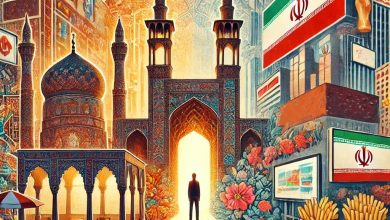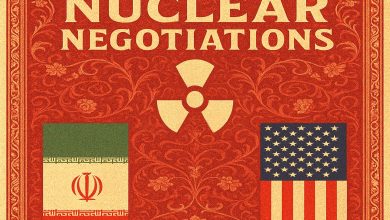Development and Its Challenges in Iran
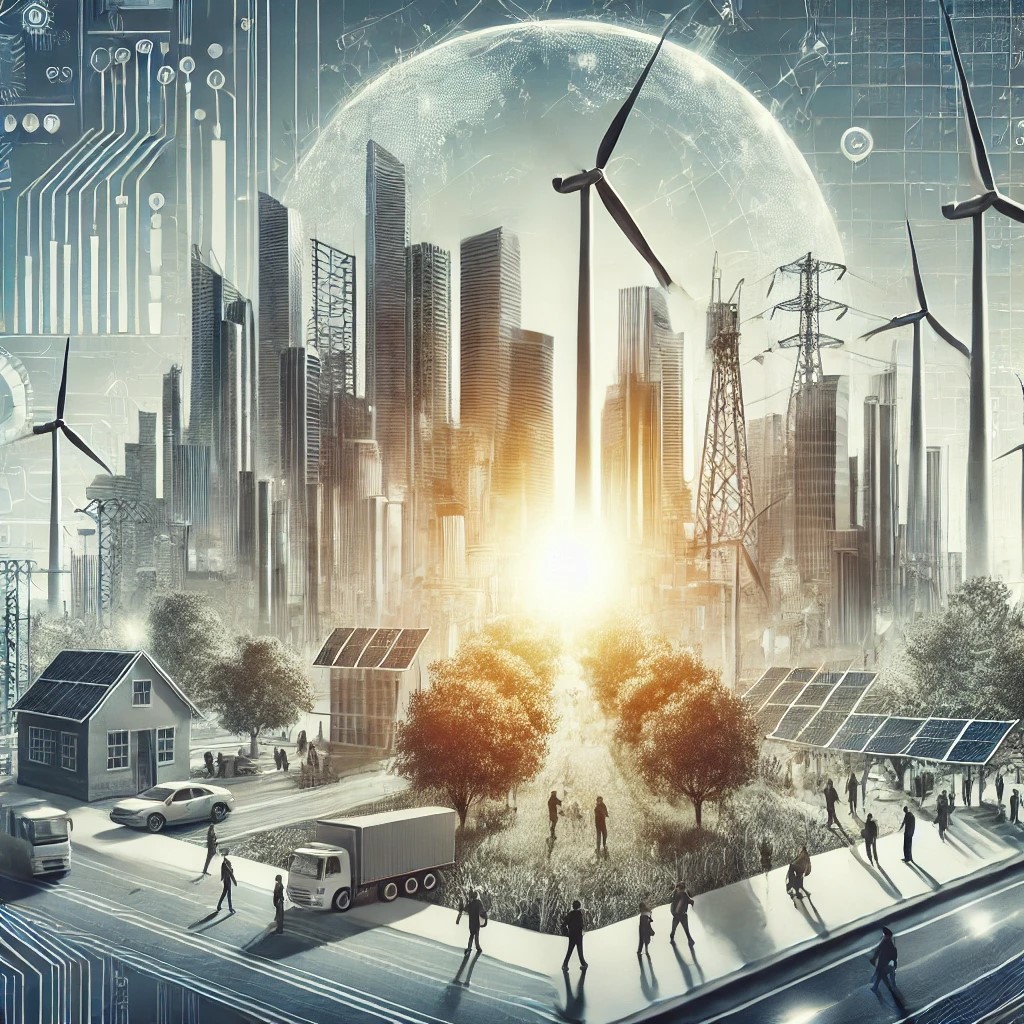
Development is a multidimensional process that includes improving quality of life, increasing social welfare, expanding infrastructure, advancing education and healthcare, reducing inequalities, and strengthening economic and governance institutions. Broadly, development can be divided into two main categories: economic development and human development. Economic development refers to the growth of Gross Domestic Product (GDP), increased productivity, and sustainable growth, while human development focuses on enhancing the quality of education, healthcare, social justice, and overall living standards.
In developed countries, economic growth typically goes hand-in-hand with social and technological progress. Development is a state in which a country or society achieves a high level of economic, social, political, and cultural well-being. This concept is usually measured through indicators such as high per capita income, strong education and healthcare systems, advanced infrastructure, low unemployment and poverty rates, access to modern technologies, and efficient governance. Development is a dynamic and continuous process—it is not limited to reaching a specific milestone but also includes maintaining and advancing developed conditions. Sustainable development is a key concept in this context, emphasizing the optimal use of natural resources, environmental preservation, and meeting the needs of future generations.
South Korea serves as a successful example of a country that transformed from a struggling economy into a developed one through sound policymaking. In the 1950s, South Korea was among the poorest nations globally, yet by investing in education, technology, industrial development, and the strengthening of economic institutions, it managed to become one of the world’s leading economies. Through export-driven policies, support for domestic industries, and investments in research and development, South Korea achieved significant economic and social progress. Iran can draw valuable lessons from this experience in its own development journey.
Iran possesses substantial development potential thanks to its abundant natural resources, skilled workforce, and strategic regional position. Development in Iran could lead to increased economic productivity, reduced dependency on oil revenues, strengthened domestic production, improved employment rates, and poverty reduction. Furthermore, achieving development would signify greater innovation and reduced social disparities.
However, despite these notable capacities, Iran faces several challenges on its path to development. These include an oil-dependent economy, administrative corruption, and a complex bureaucratic system. Iran remains heavily reliant on oil revenues, which contribute to economic volatility and inconsistent fiscal policies. While the government has taken some steps to combat corruption, there is still a pressing need to enhance transparency and oversight institutions. Economic sanctions and external pressures also weigh heavily on the country’s economy.
To overcome these challenges and achieve sustainable development, Iran must implement key reforms. This includes diversifying the economy, supporting domestic production, fostering knowledge-based industries, and focusing on non-oil exports to reduce oil dependency. The government can also reduce corruption by expanding e-government services, strengthening oversight bodies, and ensuring transparency in financial resource allocation. Investments in infrastructure, renewable energy, transportation, and communications can further accelerate economic growth. Iran’s bureaucratic structure, despite its complexity, requires reform to enhance efficiency and reduce barriers to business. Another crucial component is active economic diplomacy. Iran must strengthen regional trade ties and expand economic relations with neighboring countries to circumvent sanctions and reinforce its economy.
However, development is not solely about economic strength. True development encompasses comprehensive progress in social, cultural, political, and environmental dimensions. Countries that have achieved sustainable development usually feature advanced education systems, social justice, cutting-edge technologies, and transparent governance. Development is a long-term goal that demands meticulous planning, consistent policies, and both national and international cooperation.



